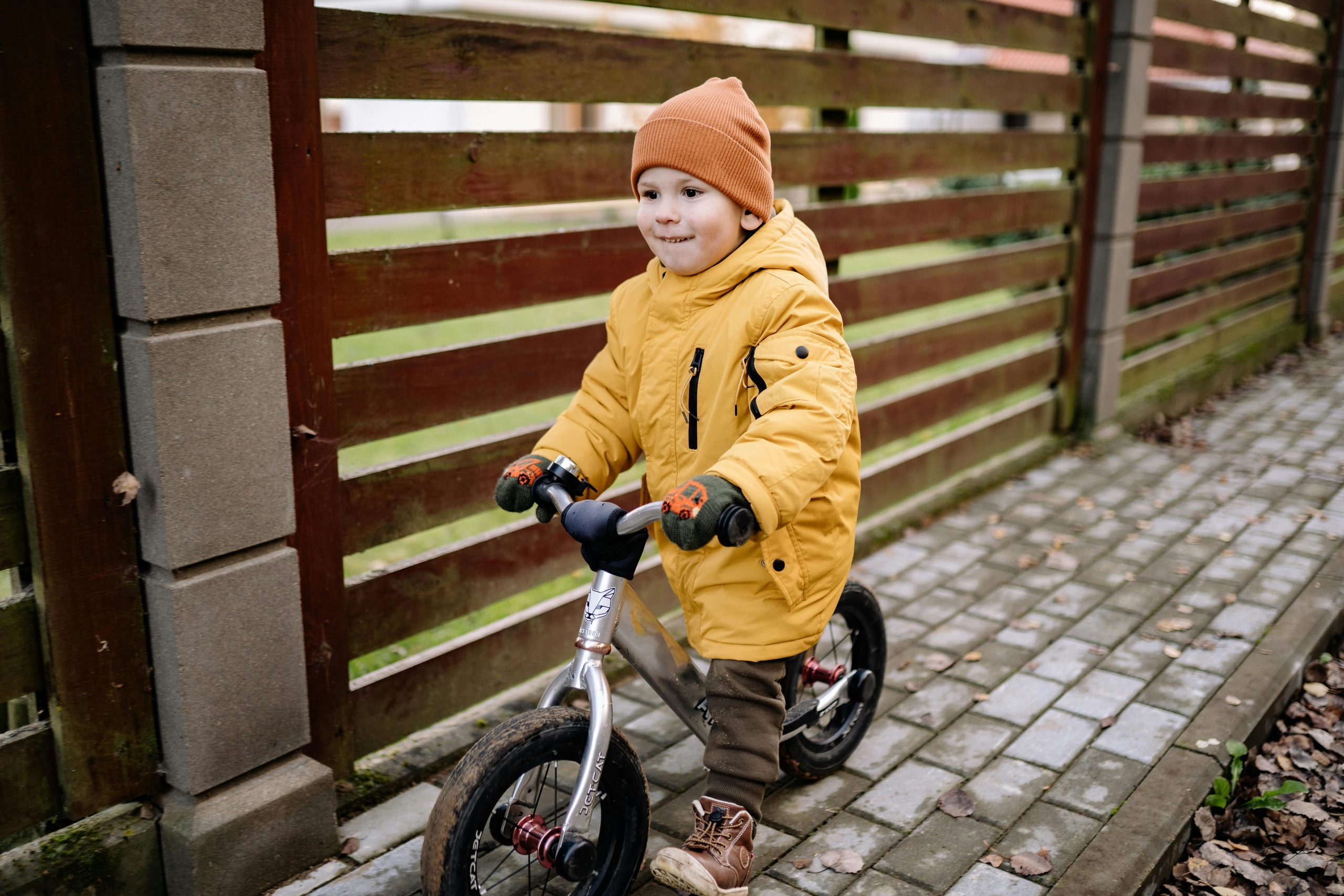How to Choose the Safest Balance Bike for Toddlers

Riding a balance bike is one of those childhood milestones that feels both exciting and a little nerve-wracking. Parents want to see their little ones explore the world on two wheels, but safety is always the top concern. The truth is, a balance bike isn’t just another toy—it’s often a child’s very first set of “wheels.” That means every detail, from the materials to the design, plays a role in keeping your toddler safe while making the experience fun and confidence-building.
So, how do you actually choose the safest balance bike for a toddler? Let’s walk through the essentials, mixing practical know-how with those subtle details that matter more than you’d think.
Material Matters: What’s the Bike Made Of?
Toddlers are curious explorers. They’ll touch, tug, lean, and sometimes even bite the parts of their balance bike. That’s why the material is as important as the design itself. Different materials have distinct pros and cons:
Carbon steel / high carbon steel: Strong, durable, and stable. It’s resistant to deformation and provides great safety at a reasonable price. Most budget-friendly balance bikes use carbon steel.
Aluminum alloy: Much lighter and resistant to rust, though typically more expensive. Great if you want something easy for a toddler to carry (or for parents to carry after playtime ends).
Plastic: Usually found in lightweight beginner models for younger toddlers. Affordable, easy to clean, colorful, and fun, though less durable over the long run.
Metal blends: Often used for retro-style balance bikes. These are sturdy, long-lasting, and capable of carrying more weight.
Wood: Eco-friendly, non-toxic, and lightweight. Wooden balance bikes are stylish and great for indoor riding or gentle outdoor play.
But here’s the catch—you should always make sure the bike complies with recognized safety standards. That means international standards like ISO, U.S. standards like CPSC toy safety, or equivalent certifications in your region. These rules aren’t just paperwork—they’re your assurance that the bike has been tested for real risks.
Smart Safety Designs That Actually Make a Difference
Some balance bikes look great but feel awkward once your toddler hops on. Others miss critical safety touches that could prevent falls or bumps. Here are features worth checking:
Front light: It may seem like a fun accessory, but a small bike light makes a big difference during early evenings or cloudy days. It illuminates the path and helps others see your child.
Non-slip grips and footrests: Textured handlebars keep little hands from slipping. A small footrest gives toddlers a place to relax their legs once they gain speed.
Brakes: While not all balance bikes have them, a toddler-friendly brake can help kids learn early control of speed and stopping.
And let’s be honest: kids notice the “cool factor.” A bike with lights, fun grips, or a sleek design isn’t just safer—it’s also something they’ll be excited to ride.
Protective Gear: More Than Just the Bike
Even the safest balance bike won’t prevent every fall. That’s where protective gear comes in:
Helmet: A toddler’s helmet should fit snugly, sit flat on the head, and include an adjustable strap. Look for lightweight materials and ventilation so your child actually wants to wear it. A fun design doesn’t hurt either—sometimes picking a helmet with their favorite color or character encourages kids to wear it every time.
Knee and elbow pads: Learning to ride means falling now and then. Lightweight, adjustable pads soften those tumbles. Many sets include wrist guards, which are great for kids who instinctively use their hands to break a fall.
Think of it this way—protective gear doesn’t just prevent injuries. It also gives toddlers (and parents!) the confidence to ride without constant worry.
Why Safety Features Matter Even More in 2025
You might wonder—aren’t balance bikes already safe by design? Mostly, yes. But as more families embrace outdoor play and even electric bikes for kids enter the market, expectations around child safety have risen.
Here’s why those features aren’t just extras—they’re essentials:
Accident prevention: Strong wheels and reliable brakes reduce the risk of slipping or tipping over.
Peace of mind: Parents can enjoy the outing more when they’re not constantly worrying.
Early learning: Safety features like brakes and steering control prepare kids for future riding experiences, from tricycles to pedal bikes.
In short, the safest balance bike is less about a single feature and more about a complete package—durable materials, thoughtful design, and the right accessories.
Finding the Right Bike Without the Guesswork
Now, you might be wondering where to even start shopping. Luckily, there are curated lists that take the trial-and-error out of it. For example, this roundup of the best balance bikes offers honest reviews you can trust. Each option has been tested for real-life use, so you’re not just relying on glossy product photos.
And remember, the “right” bike isn’t necessarily the fanciest or the most expensive. It’s the one that makes your toddler feel comfortable, confident, and safe—while giving you peace of mind.
Wrapping Up: Safety First, Fun Always
Choosing the safest kids balance bike is about balancing practicality with joy. Durable materials like steel or aluminum give you longevity, while thoughtful safety designs—parent handles, lights, non-slip grips—make the ride smoother and safer. Add a snug helmet, knee pads, and maybe even some fun accessories, and you’ve got more than just a bike. You’ve got a memory-making machine.
So, when you see your toddler zooming down the sidewalk with a grin stretched across their face, you’ll know you made the right choice. And honestly? That peace of mind is priceless.
